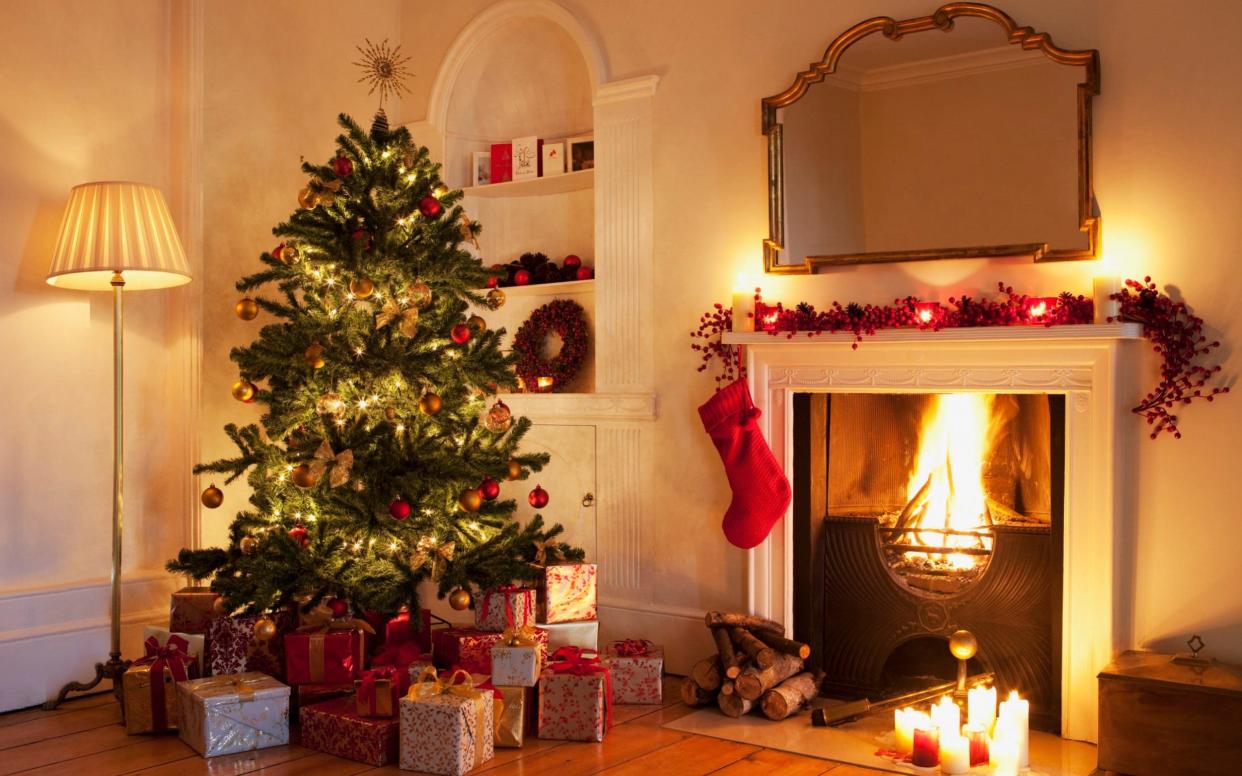Christmas trees: science has finally found the answer to needle drop

If you were starting to worry that scientists never do anything useful, here’s some genuinely worthwhile research: how to look after your Christmas tree. It was published nearly two years ago, but I missed it at the time and, as far as I can tell, so did almost everyone else. One reason may be that it was published in the Australian Journal of Botany, not a title I normally associate with Christmas. It was also first published online on Feb 5 2016, and I suspect that if you wanted to smuggle out some Christmas-related research at the time it would attract the least attention, the first week of February would be a good bet.
The tree in question is Monterey pine, Pinus radiata. Which is fair enough; for me, the Christmas tree is Norway spruce (even though most people now go for Nordmann fir), but neither is easy to come by in Australia. Anyway, I suspect that when it comes to what happens when you cut down a tree and put it in a bucket of water in your front room, one evergreen conifer behaves much like another.

The researchers tested four treatments that have been suggested to prolong the health of cut trees. First, spraying the foliage with hairspray; water loss is the big problem for cut trees, and hairspray should reduce that by blocking the stomata. Second, energy drink, because the sugar in the drink might give the plants energy. Previous research has shown that cut flowers last longer in sugar solution than in pure water.
Third, freshly boiled (still hot) water, in the hope that this would dissolve the sticky sap at the end of the cut stem and improve water uptake (of course the water quickly cools to room temperature). Fourth, beer (diluted 50/50 with water), because there’s plenty around at Christmas and, a bit like the energy drink, it contains lots of nutrients and minerals that might feed the tree. The alcohol might also kill any germs. Finally, plain cold tap water as a control (also used for the hairspray-treated trees).
The trees were kept under typical “room” conditions for a month and needle health was monitored using a chlorophyll fluorescence meter. That may sound complicated, but it corresponded closely to a visual estimation of health: the trees with the best objectively measured health also looked the best.
So what did they find? Beer and energy drink were easily the worst, although the possibility remains that a more dilute solution of either might do better. Water, either cold or boiled, was better. But best of all was hairspray. Needles on hairspray-treated trees were as healthy after a month as they were at the start, and the trees were even starting to show new growth. So hairspray wins hands down, although it’s highly flammable, so the injunction to keep your tree away from naked flames applies even more than usual (maybe less of a problem in Australia, unless your tree is too near the barbie).
Finally, two more tips that are slightly more use here than in Australia. Your tree will last longer in a cool room, or at least not next to a central heating radiator. And trees stay healthy longer if they’re harvested after experiencing some cold weather (5C/41F), so buy a freshly harvested tree, as near to Christmas as possible.
Ken Thompson is a plant biologist with a keen interest in the science of gardening. His latest book, The Sceptical Gardener, is a collection of his columns for The Telegraph. Visit books.telegraph.co.uk


